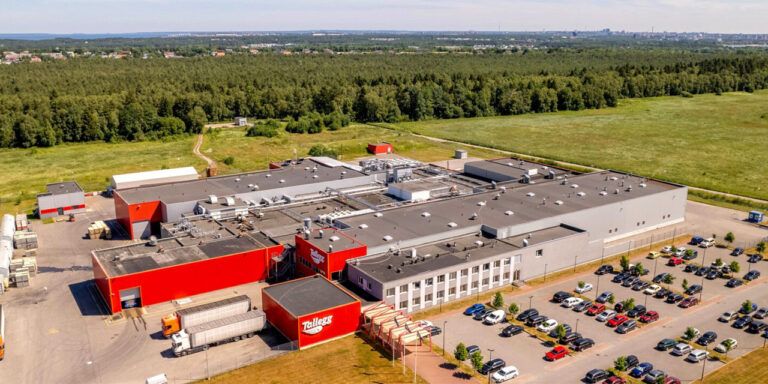Wholesale success depends on supply chain technology that maximizes efficiency to drive margins
Jun 11, 2024 • 3 minThe wholesale industry hinges on efficiency, and any hiccup in the supply chain risks damaging customer relationships and the bottom line. Given typically razor-thin wholesale margins, the price of inefficiency can be incredibly steep. Struggling to manage the impacts of shortages, delays, and inflation-fueled cost increases, overburdened wholesalers need a way forward that involves thriving, not just surviving.
Scott Curtiss, RELEX Head of Field Presales, discusses three key focus areas for wholesaler success and how AI-enabled solutions from RELEX can help them overcome their challenges and drive efficiency and profitability.
Transcript
Hello there. I’m Scott Curtiss, and I work in Field Presales at RELEX. Wholesalers form a pivotal link in the supply chain as a cost-effective intermediary between suppliers and retail customers.
Success in this middleman role depends upon operating within razor-thin margins, which is a challenge even in the sunniest of economic climates.
But, growing complexity and increasing supply chain challenges have eroded these margins from both the supplier and customer sides of the value chain, further complicating the path to profitability.
Finding ways to improve these margins is critical to success for wholesalers, and age-old wholesaling problems require a modern solution.
RELEX has a long history of working with wholesalers to optimize their supply chain processes. There are three big ways that a smart planning platform can help wholesalers boost their margins and take control of their supply chain:
1. They increase forecast accuracy
Demand forecasting is the bread and butter of supply chain planning. Wholesalers deal with high volumes, so even small supply and demand imbalances can quickly stack up, leading to costly overstocking and spoilage. Orders that don’t move unexpectedly end up stuck in warehouses, costing wholesalers money and further hitting their bottom line.
Disruptions especially affect wholesalers, given their middleman role in the supply chain. Supply material shortages cause unexpected delivery delays that hurt a wholesaler’s relationships with their retail customers, and consumers themselves have started changing their spending habits in response to sky-high inflation, which has further led to sudden shifts in demand.
A modern planning platform uses powerful AI algorithms to increase operational efficiency and agility while allowing wholesalers to better anticipate sudden demand shifts and supply chain disruptions. A robust planning platform processes everything from reorder data to retailer POS data through machine learning functionality to provide highly accurate forecasts.
These improvements, in turn, will allow wholesalers to better maintain the low cost and responsiveness retailers have come to expect from them.
2. They automate manual processes
Many wholesalers view their supply chain needs as so unique that they’ve either stuck with manual forecasting and replenishment or resorted to cobbling together an in-house solution. Computers can process reams of information faster than any team of humans ever could, allowing for faster and automatic responses to sudden supply chain disruptions and demand shifts. This automation frees up teams that would otherwise be dedicated to tedious tasks to do important value-add work instead.
3. They enhance supplier and customer collaboration
Wholesalers also face a bit of an existential crisis. Consumer goods companies are increasingly turning to direct-to-consumer channels to assert control over the entire supply chain. On the other side, many retailers have begun to embrace vertical integration of their supply chains as a way to minimize painful disruptions.
At the end of the day, wholesalers must find new ways to reassert their value to their suppliers and retail customers alike while making strides to improve their own profit margin.
A collaborative planning platform allows wholesalers, suppliers, and retailers alike to view and plan from the same comprehensive data sets – allowing them to anticipate supply challenges and pivot quickly in response to demand changes. This helps to minimize miscommunications and enhance operative planning processes for each company along the value chain.


